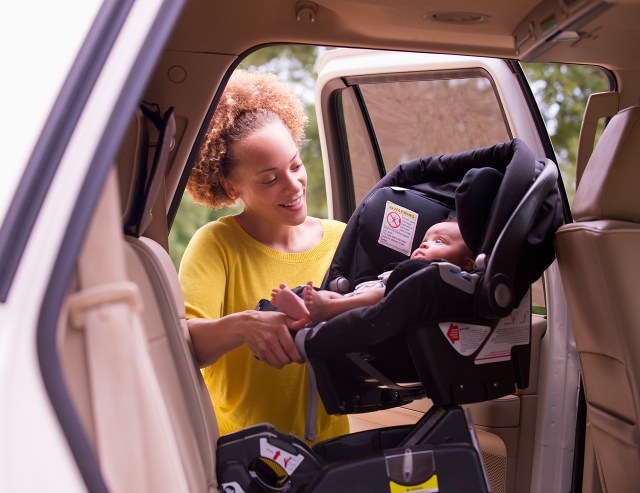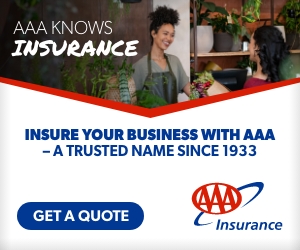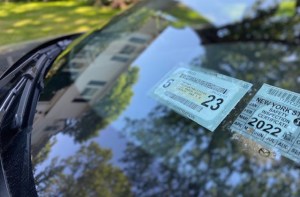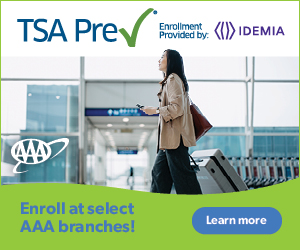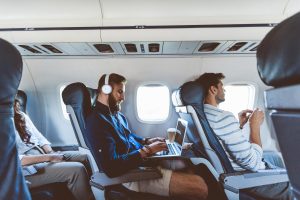Being pregnant or the parent of a newborn child can be stressful. There are so many important things to think about when it comes to keeping your little one safe. Car seat safety is one thing you want to make sure to get right. After all, when used correctly, an estimated 325 children under age 5 are saved by car seats in a year, according to the National Highway Traffic Safety Administration (NHTSA).
Car crashes are a leading safety issue facing children, yet car seat misuse is more common than you might think. Almost 71% of all car seats inspected by Child Passenger Safety Technicians in 2024 were improperly installed and used, according to the latest research from the National Digital Car Seat Check Form database.
To ensure your safety and that of your newborn, follow these car seat safety tips from AAA’s safety experts.
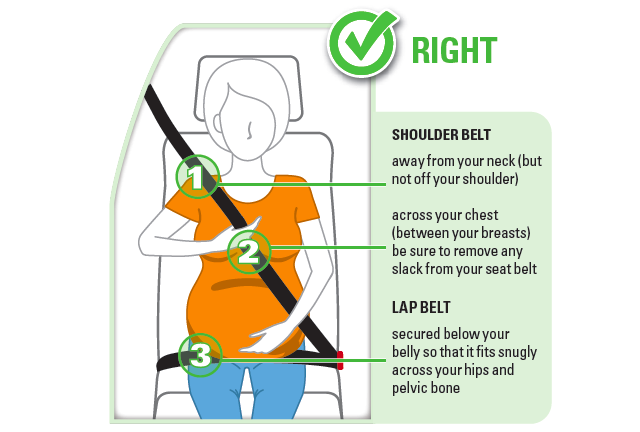
Car Safety During Pregnancy
- Seats belts reduce traffic fatalities of front-seat passengers by 45%. Though it may get more uncomfortable as your belly grows, always wear your seat belt when driving or riding in a car.
- Buckle up correctly. The lap belt should go under your belly and fit securely across your hips. The shoulder belt should be across your shoulder and away from your neck. The seat belt height adjuster can be moved up or down for a better fit.
- If you are driving … Keep your belly as far away as possible from the steering wheel, while still being able to reach the pedals comfortably. Also ensure the seat is adjusted so you can see well and can sit up straight.
- Ensure the airbags are on. Airbags help keep you and the baby safe in the event of a crash. Seat belts and airbags work together to minimize the impact of the crash.
- If you are in a crash … It is important to seek care immediately even if you think you are not injured.
Shopping for a Car Seat
One of the biggest stressors for new parents is purchasing and installing a car seat. Do your research, but don’t agonize over your choice. Every seat on the market is crash tested to meet federal safety standards. If used properly, they will protect your child in the event of a collision.
No matter your budget, all car seats (purchased new) are guaranteed to protect your most precious cargo. A more expensive seat may have enhanced comfort and cosmetic features, but the best car seat is one that is installed and used correctly every time. NHTSA offers ease-of-use ratings and a car seat finder tool to help you shop.
If you buy a new car seat online, make sure you are buying it from the manufacturer or a known retailer, and verify the site. Better yet, consider purchasing it in person from a trusted retailer to avoid unknowingly buying a counterfeit car seat.
Types of Car Seats
The most common seat that new parents will use is a rear-facing only infant seat. These seats typically accommodate a child between 30-to-35 pounds.
Once the child has outgrown their infant seat by length or weight, a convertible car seat installed rear-facing is the next step. A convertible-style car seat can be installed front or rear-facing to accommodate the needs of your growing child.
The American Academy of Pediatrics recommends children ride rear-facing as long as possible, until they reach the height and weight limit for a particular seat. Parents should be aware of their state’s law regarding car seat safety, which may also mandate how long children must remain rear-facing in their convertible seat before riding in the forward-facing position. Most convertible seats can be used in the rear-facing position with children up to 40-50 pounds.

Car Seat Installation Help
There are three common mistakes when it comes to installing and using car seats, according to the National Digital Car Seat Check Form.
- The car seat installation is too loose.
- Failure to use the tether when installing a forward-facing car seat with either the lower anchors or seat belt.
- Not sufficiently tightening the harness when securing a child in a car seat.
Another issue is that children often are moved out of an age-appropriate car seat before it is safe for them to transition.
The safest and most effective car seat is one that is installed properly. Always read your car seat manual and check if the manufacturer provides video instructions for installation. If you need help, talk to a certified Child Passenger Safety Technician. They are trained not only to install your car seat, but to teach you how to do it yourself.
Extra Padding
Harness covers, plush padding and other after-market products might be tempting to add to baby seats, but unless the additional accoutrements were crash tested, there is no guarantee they won’t affect the function of the seat in the event of a collision. The same goes for mirrors and sunshades. At high speeds, these objects may dislodge and become dangerous projectiles that can injure your child or other occupants in the vehicle.
Registering a Car Seat
Register your car seat by filling in and sending in the postmarked card attached with your seat or go to the manufacturer’s website to register your seat virtually. If you do not register your car seat, you may miss important recall information from the manufacturer that could impact the safety of your child.
Used Car Seats
Most child passenger safety experts agree that used car seats should not be purchased. Because you cannot guarantee the history of the seat, you also cannot guarantee that it is safe.
A used seat is only an acceptable choice if it meets the following criteria:
- You know the history of the seat (it comes from a trusted source).
- You can guarantee it hasn’t been involved in a collision.
- It shows no signs of damage to the frame or harness.
- It is not expired or recalled.
If you have questions about a used car seat, consult a Child Passenger Safety Technician for guidance.

